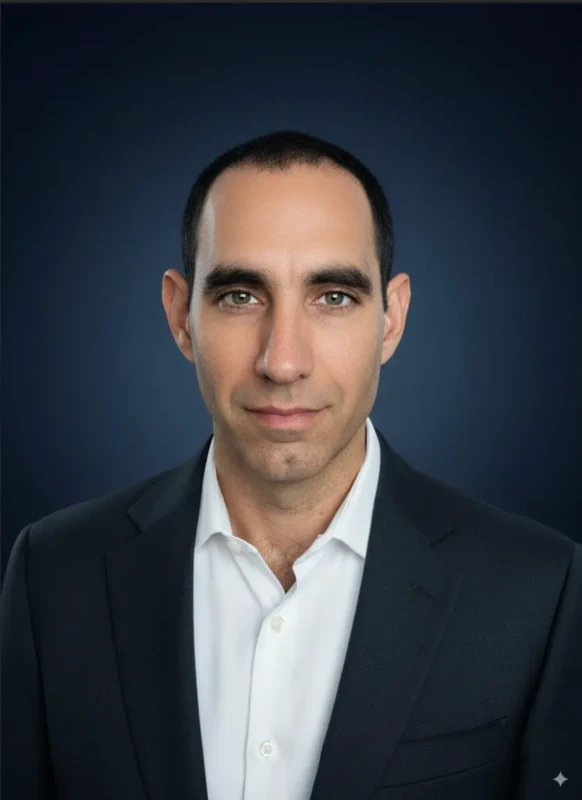Digital Pathology Reaches an Inflection Point as AI Targets Workflow Gaps | By Yair Rivenson, PhD Founder and CEO, Pictor Labs

Laboratories face mounting pressure to modernize imaging, preserve tissue, and reduce sequencing failures as adoption continues to move at a glacial pace